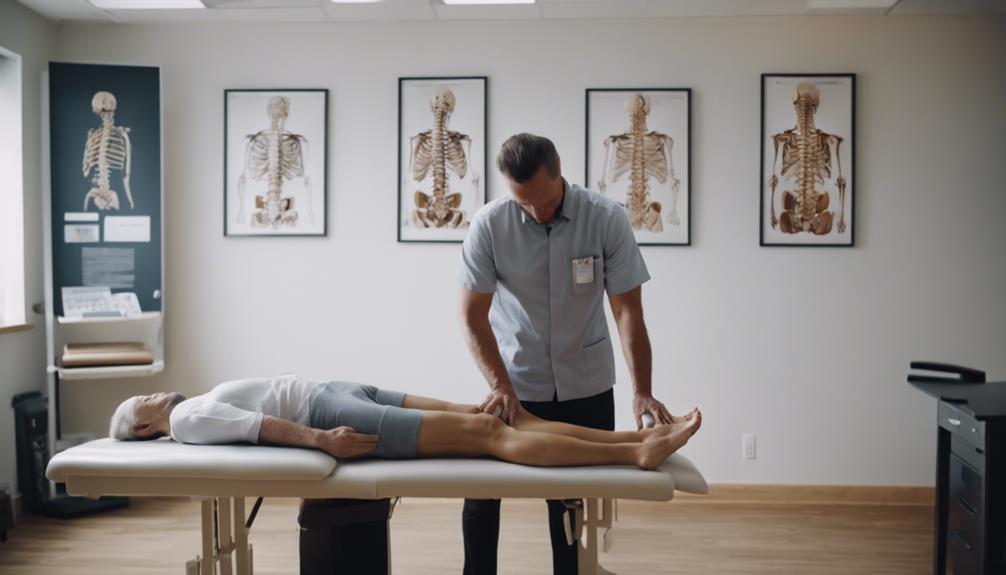Understanding Panic Attack: Tips for Management and Recovery
Panic Attack Symptoms: Recognizing the Signs
Panic attacks can be overwhelming and disorienting experiences. They typically manifest suddenly, often without any apparent trigger, leading individuals to feel an intense wave of fear or anxiety. Common symptoms include a racing heartbeat, shortness of breath, chest pain, dizziness, shaking, and a feeling of impending doom. It’s important to recognize these symptoms early, as understanding what you’re experiencing is the first step in managing a panic attack. Many people mistakenly think they’re having a heart attack or another serious medical issue. By recognizing panic attack symptoms, you can take proactive steps to calm yourself and seek help if necessary.
What Causes Panic Attacks? Exploring Triggers
The causes of panic attacks can vary widely among individuals. Stressful life events, genetic predisposition, and overwhelming anxiety can all contribute to the likelihood of experiencing a panic attack. For some people, specific situations, such as public speaking or crowded places, can act as triggers. Others may experience panic attacks seemingly out of the blue. Understanding your personal triggers can be crucial for recovery and can help you take preventative measures. This understanding allows you to identify patterns and develop coping strategies that address the root of your anxiety.
Panic Attack vs. Anxiety Attack: Understanding the Difference
It’s essential to differentiate between a panic attack and an anxiety attack, as they represent different experiences. Panic attacks are characterized by their sudden onset and intense symptoms, often reaching a peak within minutes. Conversely, anxiety attacks usually build gradually and are linked to specific stressors or worries. While both can be distressing, the treatment and strategies for coping can differ. Knowing the distinction allows people to communicate more effectively with professionals and seek the right strategies for managing their experiences.
Immediate Strategies to Calm a Panic Attack
When a panic attack strikes, having immediate coping strategies can make a world of difference. One effective technique is the 4-7-8 breathing method: inhale for four seconds, hold your breath for seven seconds, and exhale for eight seconds. This controlled breathing can help stabilize your heart rate and promote calmness. Additionally, grounding techniques, such as focusing on your surroundings or counting objects in the room, can divert attention from panic symptoms. Practicing these strategies can enable individuals to regain control when faced with a panic attack.
Long-Term Solutions for Panic Attack Management
Beyond immediate coping mechanisms, developing long-term solutions is vital for those who experience recurrent panic attacks. One of the most effective approaches is cognitive-behavioral therapy (CBT), which helps individuals identify and reframe negative thought patterns that contribute to anxiety. Additionally, lifestyle changes such as regular exercise, a balanced diet, and sufficient sleep can strengthen overall mental health. Mindfulness practices, including meditation and yoga, can also equip individuals with tools to manage anxiety and prevent panic attacks from occurring in the first place.
The Importance of Support: Healing from Panic Attacks
Seeking support is a crucial element in overcoming panic attacks. Whether through therapy, support groups, or conversations with friends and family, sharing your experiences can alleviate feelings of isolation. While it might feel challenging to reach out, having a strong support system can provide encouragement and understanding. Therapists can offer specialized techniques tailored to your unique experiences, while support groups create a sense of community among others who truly understand panic attacks. The collective healing journey can significantly impact recovery.
When to Seek Professional Help for Panic Attacks
Recognizing when to seek professional help is important for managing panic attacks effectively. If panic attacks become frequent, persistent, or significantly interfere with daily life, it’s time to consult a mental health professional. Signs you might need help include withdrawing from social situations, persistent worry about future attacks, or experiencing a decline in work or personal life. Early intervention can lead to more effective treatment, allowing individuals to regain control and returning to a fulfilling life. Remember, seeking help is a strength, not a weakness.
Panic Attack Prevention: Tips for a Calm Life
Prevention is key for those at risk of panic attacks. Lifestyle choices play a significant role in managing anxiety levels. Regular exercise, a healthy diet, and engaging in activities that bring joy can help minimize stress. Additionally, setting aside time for relaxation practices can improve your overall resilience to anxiety. Creating a balanced life with established routines can also provide a sense of stability that protects against the unexpected onset of panic attacks. By being proactive and recognizing your triggers, you pave the way for a calmer, more enjoyable life.
